Thomas Huot-Marchand designs bespoke typographic solutions for brands and institutions seeking to strengthen their visual identity. His research expertise allows him to advise and support both clients and creative teams on typographic history, technology, and concepts.





















- 2010
Le mur de l’école






- 2022
Leïla Buecher — Posters




- 2011
Garaje Hangar 23

























- 2011
MM — Typeface





- 2016
Tardy — Typeface







- 2008
Calendario Groupama


- 2011
Émergences















- 2020
Garaje Wide










- 2009
Mononi

- 2002
ANRT poster












































































- 2019
Gyan Panchal, Au Seuil de soi
































- 2018
Agence Adelfo Scaranello — MBAA 1